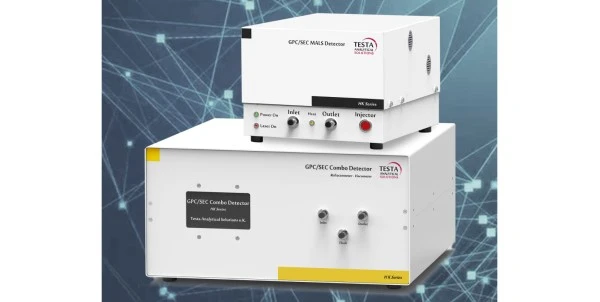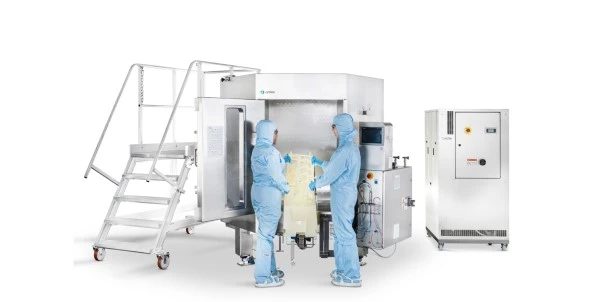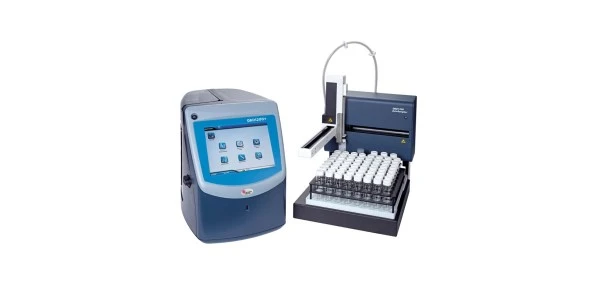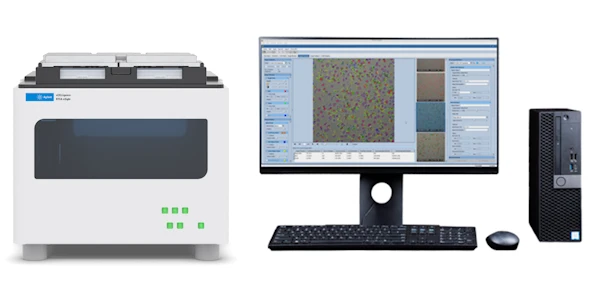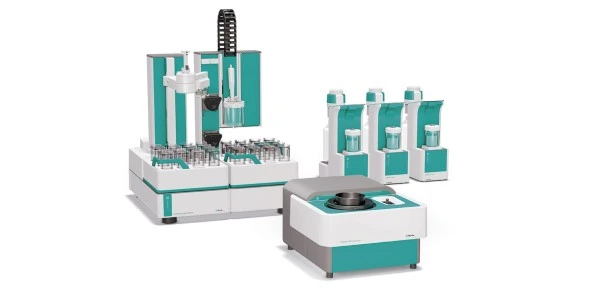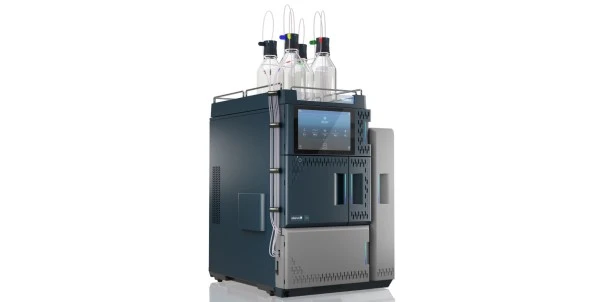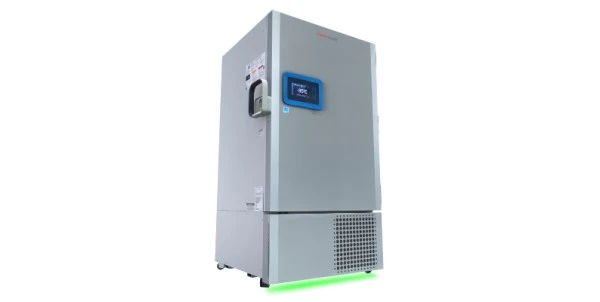
The ACCQPrep® SFC system: A Cleaner and Safer Alternative for Essential Preparative Chromatography Applications
Teledyne ISCO’s new supercritical fluid chromatography system is a high-performance, environmentally friendly solution for preparative purification applications
Pharmaceutical labs are now well-invested in the practices of sustainability and safety. This extends beyond resource conservation and waste reduction to include new technologies that boost performance while increasing the efficiency of operations.
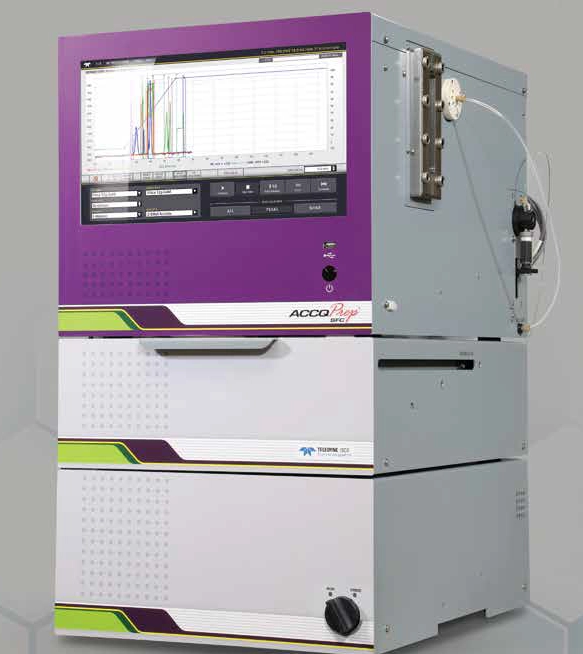 The
ACCQPrep® SFC system from Teledyne ISCO leverages Supercritical Fluid Chromatography
(SFC) as a more sustainable solution to conventional liquid chromatography.
This system is a high-performance alternative for both chiral and achiral
purification in an expanding range of preparative chromatography applications.
The
ACCQPrep® SFC system from Teledyne ISCO leverages Supercritical Fluid Chromatography
(SFC) as a more sustainable solution to conventional liquid chromatography.
This system is a high-performance alternative for both chiral and achiral
purification in an expanding range of preparative chromatography applications.
The Technical Basis of Supercritical Fluid Chromatography
SFC is a technique that addresses many of the limitations of conventional liquid chromatography. SFC is based upon the behavior of carbon dioxide (CO2) when pressurized above its phase transition state. This supercritical CO2 exhibits movement properties of gas molecules while also possessing fluid-like density and solvation properties. Due to these behaviors, SFC encompasses a unique set of separation parameters that leverage attributes of both gas chromatography (GC) and liquid chromatography (LC).
The Benefits of SFC in the Lab
An important advantage of SFC over traditional HPLC involves the nature and requirements of the solvents. Organic solvents in normal phase separations, such as hexane and dichloromethane or acetonitrile and methanol—commonly used in reverse-phase HPLC—are hazardous and expensive. These issues are particularly relevant when considering the scale of operations and the needs of multiple instruments in the lab, often running in parallel. The consumption of these solvents can add up to significant environmental and financial costs.
SFC, on the other hand, uses CO2 as a mobile phase component, greatly reducing or eliminating the quantity of hazardous solvents being used. When used with appropriate co-solvents, SFC processes with CO2 can be non-toxic and safe for use in a wide variety of separations and applications. Supercritical CO2 evaporates upon returning to atmospheric pressure, resulting in significantly less residual solvent—further eliminating waste and costs associated with traditional solvent disposal.
Another benefit is time. Eliminating water from the purification process also eliminates the need for its removal via freeze-drying. Typical flow rates are 3 to 4x higher using SFC over HPLC. Preparative SFC benefits from rapid cycle times compared with traditional HPLC, thereby increasing efficiency and throughput while lowering costs.
Features and Advantages of the ACCQPrep® SFC system
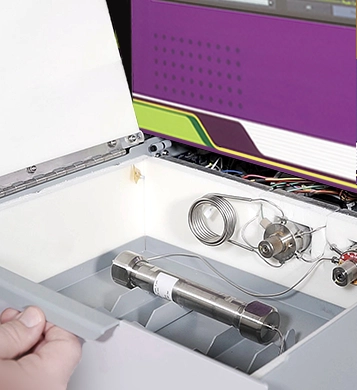 The
ACCQPrep® SFC system leverages the many advantages of SFC to deliver
fast and safe preparative separation performance.
The
ACCQPrep® SFC system leverages the many advantages of SFC to deliver
fast and safe preparative separation performance.
- The ACCQPrep® SFC is a “green” preparative SFC system designed for chiral or achiral separations all in one unit.
- The system enables both bulk collection from stacked injections and multi-sample open access with the use of an optional SFC autosampler.
- Supercritical CO2 is regulated using a mass flow controller that ensures stable flow from the pumps.
- Stacked injections can be set up for the purification of the same compound, or multiple compounds, thereby increasing throughput.
- Time windows and automated peak detection can cut fractions precisely over multiple injections.
- The patented Gas-Liquid Separator (GLS) minimizes carryover, resists clogging, and permits high cosolvent flow.
- A standard fractionation valve sorts collection into up to eight vessels or output to 2x2 or 4x2 SFC AutoSampler for full open-bed fraction collection with >95% recovery up to 200mL/min.
- All units are equipped for batch collection using up to eight bottles.
The ACCQPrep® SFC system is driven by powerful yet accessible data analysis software.
 The
system’s PeakTrak® software is navigated using a high-resolution, integrated
15” touchscreen. The software is intuitive to use and has a shallow learning
curve, suitable for any user.
The
system’s PeakTrak® software is navigated using a high-resolution, integrated
15” touchscreen. The software is intuitive to use and has a shallow learning
curve, suitable for any user. - Method setup includes gradient, temperature, and backpressure parameters. The software automatically determines GLS and fraction collection delay settings based on cosolvent composition. The stacked injection simulation function assists users in visualizing the effects of method modifications.
- The software’s Stacked Injection Wizard feature intelligently determines cycle time and fraction collection settings. This includes automatically suggesting “time windows” for the collection of desired peaks.
- The Focus Gradient Generator creates an optimized gradient profile focused on the elution of the compound of interest.
- Additional practical software features include solvent level monitoring to prevent lost separations, waste level sensing to prevent overflows, and an AutoSampler-recognized RFID collection rack to eliminate missed or overfilled test tubes.
In addition, the ACCQPrep® SFC has a smaller footprint than any other Preparative SFC system on the market. The environmentally friendly system saves considerable costs by conserving lab space and reducing hazardous solvent usage, leading to an overall lower cost of operation.
Lab Sustainability and Safety
Lab environmental sustainability and safety are of growing importance. Labs are constantly looking for ways to meet sustainability goals, and instrument consumption is a major challenge in achieving these.
Health and safety in the lab are issues of growing importance as well. As a non-flammable, inert substance, CO2 has advantages over other solvents that may present fire, corrosive, or negative biological consequences to the welfare of operators and the lab in general.
Toxicity that is carried over from separations is a concern as well, particularly in the settings of pharma applications. Residual solvents stemming from chromatography must be removed prior to downstream processing, a condition that often requires additional steps for product enrichment, refinement, and testing.
By decreasing the resource consumption associated with procuring solvents and handling their disposal, the ACCQPrep® SFC has the potential to help labs reach their goals and safeguard processing and the environment together.
Summary
Lab instrument operation represents a significant fraction of the carbon footprint associated with today’s research and development labs. Conventional preparative LC often requires the excessive use of solvents and the production of organic waste.
The ACCQPrep® SFC system is a state-of-the-art preparative scale system that combines the attributes of SFC with efficient and smart design and functionality. This system can provide peace of mind that your preparative chromatography workflow and the safety of your environment are well protected.
Learn more: https://info.teledynepharma.com/accqprep-sfc-labx
This editorial was published in partnership with Teledyne ISCO

